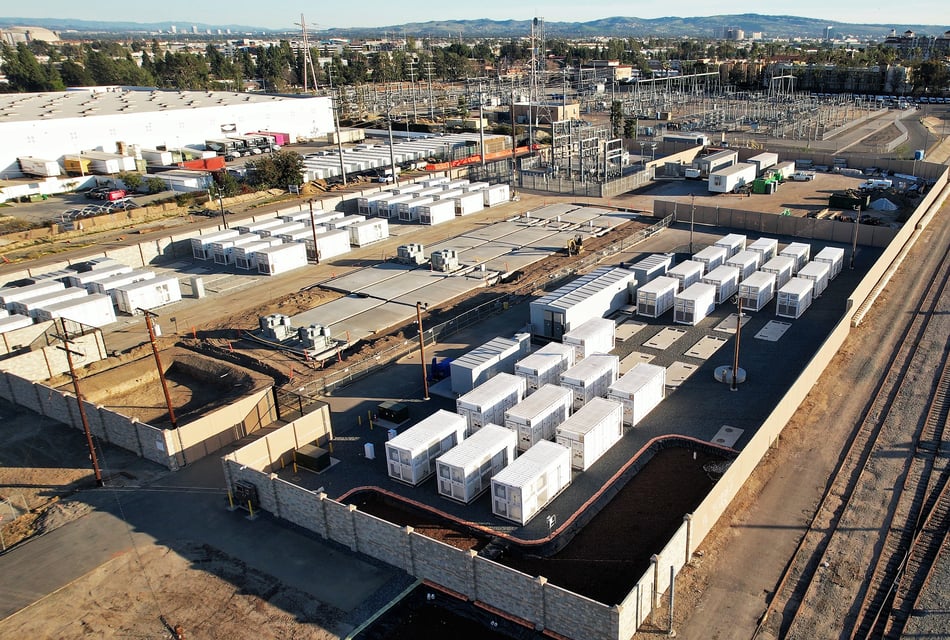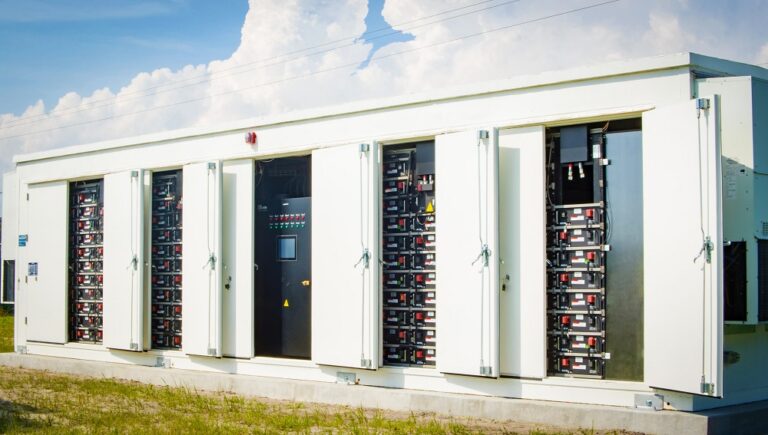Resource Adequacy and Beyond: Increasing Grid Reliability in California with Energy Storage

Improving Grid Reliability in California with Battery Energy Storage
Earlier this month, Convergent announced that the two storage systems we financed and developed in Orange County, California are now operational and providing resource adequacy to Southern California Edison (SCE), an investor-owned utility. Again, this improves grid reliability and renewables integration.
Convergent will operate and maintain the 9 MW / 36 MWh and 6 MW / 24MWh Lithium-Ion battery energy storage systems at one SCE’s substations using our energy storage intelligence, PEAK IQ®, to strategically dispatch the battery systems at critical times.
The battery storage systems address one of the challenges facing California’s grid: the distance between where most of the energy is produced versus where it is consumed—in this case, the Los Angeles basin. Energy storage, the linchpin of the clean energy transition, is critical to helping California reach its ambitious renewable energy goal of net-zero electricity emissions by 2045.
California in particular is concerned with maintaining resource adequacy—or the ability of a utility’s supply to meet customer demand. The state’s Resource Adequacy program is built to ensure the safe and reliable operation of the grid in real-time in order to provide resources where needed while also incentivizing the construction of new resources for future grid reliability.
By bringing these energy storage systems to high-use areas, utilities like Southern California Edison (SCE) are able to use existing transmission and distribution systems more effectively, placing renewable energy closer to residents while also improving grid reliability.
Click to read the press release.
Why Energy Storage is the “Swiss Army knife” of Grid Solutions
Energy storage technology offers a “Swiss Army knife” of solutions for the aging electricity grid and is an important tool for utilities to continue delivering reliable energy to customers and ensure resource adequacy.
Energy storage is a kind of magic: you can charge an energy storage system when there is an excess of renewable energy generation (i.e. solar power) that would typically get lost. Energy storage allows you to later dispatch that same stored energy when demand is highest, whether or not the sun is shining. Solar energy follows a “duck curve,” which refers to the daily mismatch between the hours of peak solar production and when consumers want to use that energy. Charging an energy storage system during these peak solar hours (often around Noon) and then dispatching the system when the sun goes down and demand is often at its highest, helps solve a capacity problem for the grid and improves reliability.
Beyond Resource Adequacy: Additional Applications for Energy Storage Systems
An energy storage system has the ability to provide other critical services such as the regulation of the grid’s frequency. You can think of these assets as a kind of pacemaker for the grid’s heartbeat, providing additional support during periods of strain.
Intelligently dispatched energy storage systems can also avoid placing additional strain on existing infrastructure. Placing a battery storage system up to hundreds of miles from a renewable energy source allows utilities to use the existing power transmission assets during times when they are less heavily relied on and then provide power locally when needed, maximizing the existing transmission capacity. A win for both residents and utilities, which are tasked with providing reliable energy. This specific strategy is called “wire avoidance,” and alleviates unnecessary stress on infrastructure to avoid the need for new transmission updates.
Additional applications for energy storage include reducing the costs that utilities or businesses pay for electricity or deferring infrastructure upgrades. Last but not least, we’ve seen that reliable battery energy storage systems have the potential to increase resiliency for the grid in the event of system brownouts caused by wildfires, an issue that is acutely felt in California.
Is Energy Storage Right for Your Organization?
The energy storage sector is growing rapidly to meet our increasing needs on an aging electricity grid.
If you are a utility looking to solve grid challenges or lower your wholesale energy costs, or a business looking to reduce costs or reduce your carbon footprint, please contact us to learn more.





